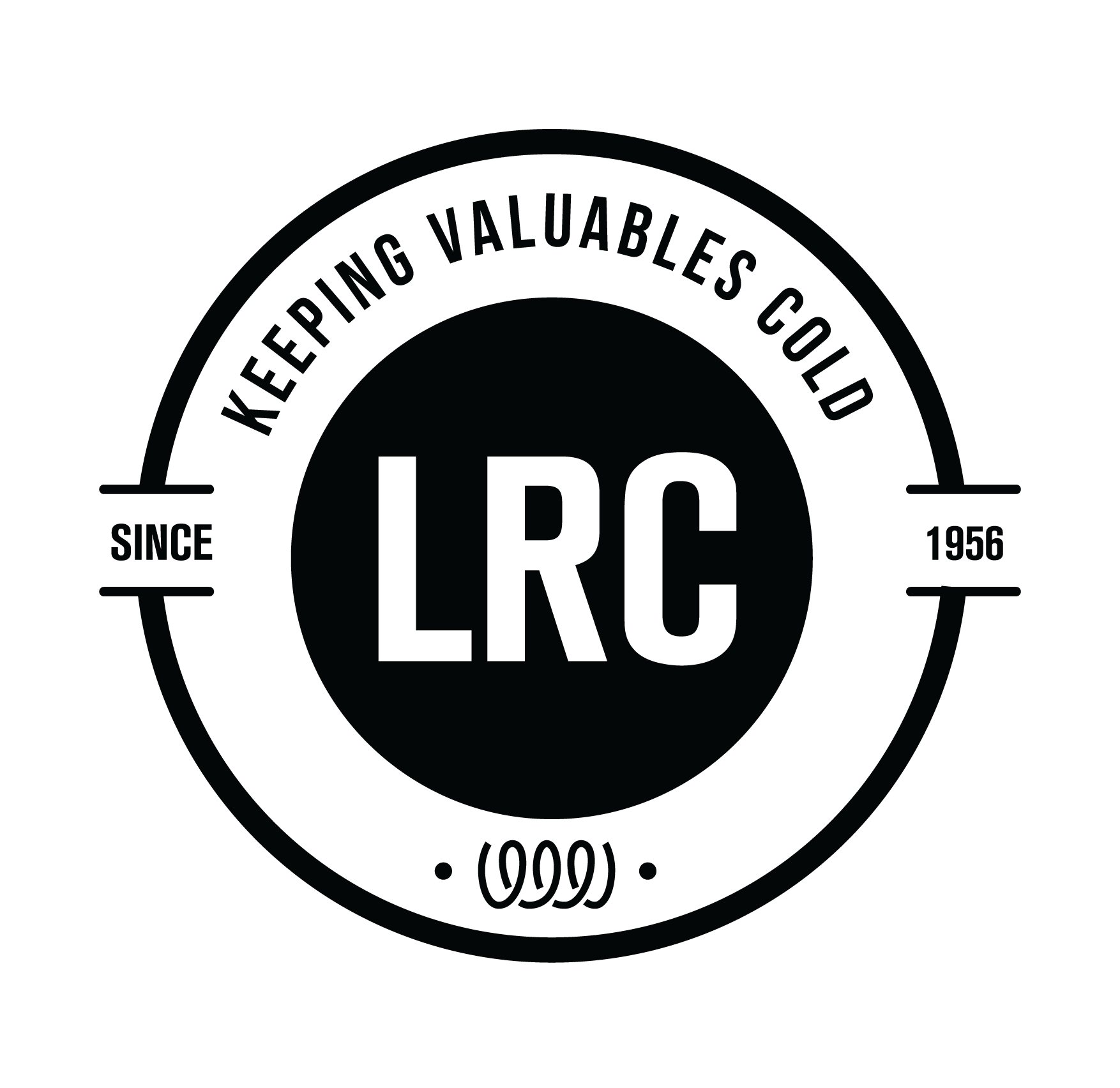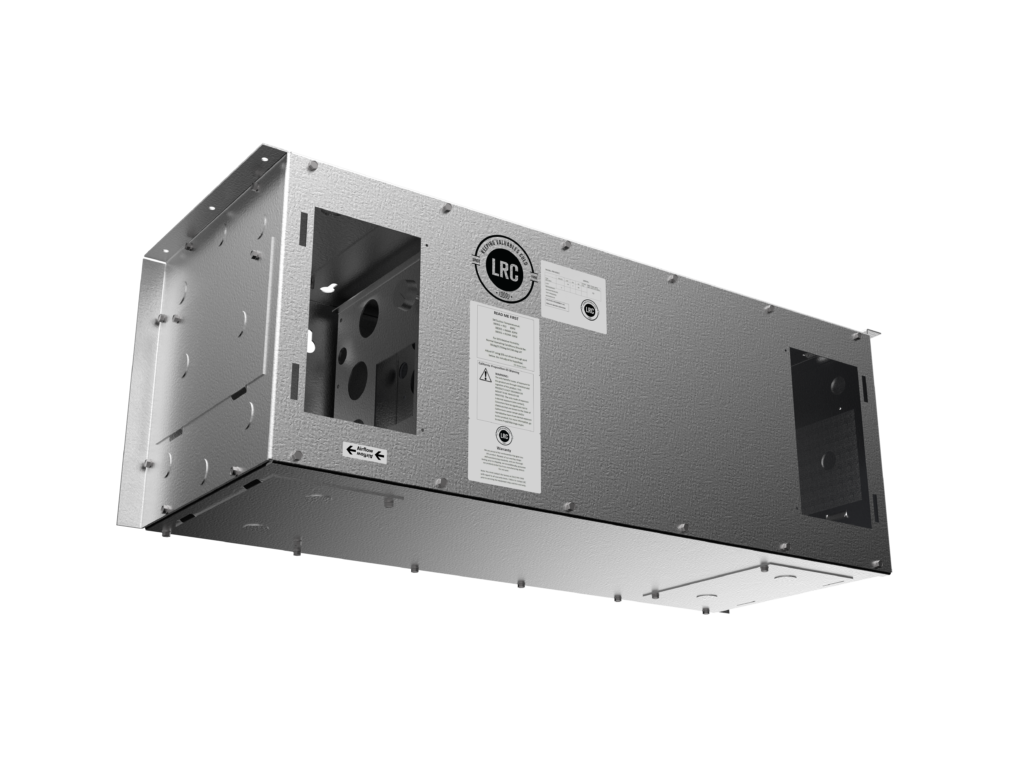-
LRC Coil Has Been Awarded Top Wine Consulting Provider 2024 by Food and Business Review
-
RM-EC Model Overview
-
SIZING A CONDENSER TO OUR UNITS
-
How to Use our Wine Room Calculator
NEW VIDEO TUTORIAL!
Ever wanted to use our wine room calculator but weren’t sure if you were using it right?
We know the feeling! That’s why we made a video to help walk you through the ends and outs of our wine room calculator. A few easy tricks and tips and you will be a pro in no time!
If you still have questions please contact us at 562-944-1969 or email sales@lrccoil.com.
-
AGING MEATS AND CHEESES
-
Commercial AC Vs Refrigeration which is better?
When it comes to commercial AC vs Refrigeration, most of the units shown on the internet are commercially available AC units. The standard for the industry is .012 thick copper tubes and most of the systems are not available with a coil coating so you will see coil failures fairly quickly. The LRC designs are based on a thicker copper .016 thick wall and all our wine coils are dipped in an epoxy and cured in the oven. This is done because the wine vapors condense on the coil and get in the interface between the fin collars and the copper tube. The epoxy seals this area so the coils won’t get attacked by the acetic acid.
-
Line Set Sizing Chart for Wine Rooms
It is important to size the main line to accommodate the system capacity. To large a line can lead to problems with oil return (burnouts of the compressor will result) or too small can result in excessive pressure drop which will reduce the system capacity. A good utility is the “refrigerant line sizing” program located at boxload.tecumseh.com. Input the parameters of the system and it will recommend a suitable line size for both Liquid and Suction lines.
For a single evaporator the total amount of pressure drop for the suction line should be equal to 1 to 1.5 degree F. This will vary depending on the refrigerant chosen. For R134a the suction pressure drop should be in the 1 – 1.5psig range. For blends (R404a, R407c) the drop should be 1.5 to 2 psig in pressure drop.
When sizing for a multiple evaporator installation break the main line sizing apart from the branches. Each should be sized to add up to the desired total amount of pressure drop for the complete suction line.
For long lineset runs over 50 feet pressure drop and oil return are big issues. Long lineset runs can be done but pressure drop is critical to the system operation. LRC’s lineset charts are based on 100 feet of run. For runs over 100 feet please ratio the pressure drop – for 150 feet the pressure drop would be 150/100 * chart value. Oil return is also a large issue. For long runs over 50 feet or runs with alot of rise where the evaporator is higher than the condensing unit it is a good idea to utilize an oil separator to minimize the amount of oil that leaves the condensing unit. If an oil separator is not used for runs over 30’ then please add 1 ounce of oil for each 10 feet of lineset over 30 feet.
Click Here to get downloadable version.
-
ALL COPPER COILS
-
We are Still Open
We are still open during the pandemic with all precautions.
Due to the Covid-19 Virus and the mandate for all nonessential businesses to close in California, we have decided to shut our doors for the time at our L.A. manufacturing plant. But our Arizona plant is still open!
We are still producing our replacement and OEM coils, as well as our Wine Room evaporators.
You also will still be able to get spare parts to keep your existing units working. We have stock of motors, heaters, fan blades, etc.
Our engineering and sales staff will still be working from home at this time and able to take your calls and Questions.
If you have any questions please contact us at 562-944-1969 -
Newsletter Vol 2
NEWS
THE NEW D.O.E. STANDARDS | Begining of 2020 We will no longer make regular HS, VAH, RM, or VRM models. The EC versions will be the only models available. On the bright side, your customers will be saving tons of money on the energy savings, They will be quieter, and on the HSEC and the VAHEC models, they have filters already installed!
PRICE INCREASE | Due to the ever-increasing tariffs all P.O.’s placed after December 1st will reflect our new prices. For questions please contact our office at 562-944-1969 or email Jonathan at jholden@lrccoil.com. Thank you.EDUCATION
Commercial AC vs Refrigeration – Or Why Can’t I use that Cheaper Mini-Split unit??
Most of the units shown on the internet are commercially available AC units. The standard for the industry is .012 thick copper tubes and most of the systems are not available with a coil coating so you will see coil failures fairly quickly. The LRC designs are based on a thicker copper .016 thick wall and all our wine coils are dipped in a water-based epoxy and cured in the oven. This is done because the wine vapors condense on the coil and get in the interface between the fin collars and the copper tube. The epoxy seals this area so the coils won’t get attacked by the acetic acid.
1. In the case of the mini-split type of system, we do not have an equivalent. We have not been able to find a mini-split evaporator that has a coated coil and can utilize the constant pressure expansion valve.
2. More flexibility. Some systems need cabling between the evap and condenser. The LRC systems are set up to do a pump down the type of system to facilitate installation.
3. Evaporators only. Some resellers sell the entire system. We depend on the wholesalers to provide the condensing unit along with the other system components. We do this because the conditions are different for a refrigeration system between Florida, Phoenix, and Seattle. And only the wholesalers tend to know how to configure a system for their local conditions. In addition, prefer to have the condensing units and other parts sourced locally so in the event of failure parts are more readily available.


